Featured Photo Above:
Addie Joos Benefit Game, July 24, 1911
(Color Restoration by Chris Whitehouse of They Played in Color website)
Baseball History Comes Alive Now Ranked As a Top Five Website by Feedspot Among All Baseball History Websites and Blogs!
(Check out Feedspot's list of the Top 35 Baseball History websites and blogs)

Guest Submissions from Our Readers Always Welcome! Click for details
Subscribe to Baseball History Comes Alive for automatic updates (sign-up block found in right side-bar)
As a Free Bonus for subscribing, you’ll get instant access to my two Special Reports: Memorable World Series Moments and Gary’s Handy Dandy World Series Reference Guide!
1930 Philadelphia Athletics and 1930 World Series Photo Gallery
Click on any image below to see photos in full size and to start Photo Gallery:
The Philadelphia Athletics Complete A Rare “Double Triple Steal”!
You may be wondering what the heck is a “double triple steal.” You’re not alone. I had never even heard of it until recently. So if you don’t know what it is, let’s take a trip back in our baseball history time machine to the 1930s to find out…
This year will see the 87th anniversary of this really unusual game. Back on July 25, 1930, in a game between the defending World Champion Philadelphia Athletics and the Cleveland Indians at Cleveland’s League Park, the A’s – not known for their base-stealing ability – pulled off a real rarity: a “double triple steal.”
In the great featured photo, we see A’s stars Bing Miller, Mickey Cochrane, Al Simmons, and Jimmie Foxx.
Here’s the scene: There were two outs in the top of the first inning. Jimmy Dykes was at the plate batting for the A’s, and the Indians’ Pete Appleton was on the mound. The bases were loaded, with Al Simmons on third, Bing Miller on second, and Dib Williams on first. The A’s then successfully completed a “triple steal,” meaning all three runners advanced with steals of home, third and second.
OK…I think you’ll agree that’s pretty unusual…but here’s the real kicker: They did it again in the fourth inning! That’s right…in the same game, the A’s successfully completed a second “triple steal.” I doubt that’s ever been done before or since!
The second one also started with two outs. It was the top of the fourth with Bing Miller at the plate this time and Milt Shoffner pitching for the Indians. Mickey Cochrane was on third, Al Simmons on second, and Jimmie Foxx on first. Again,
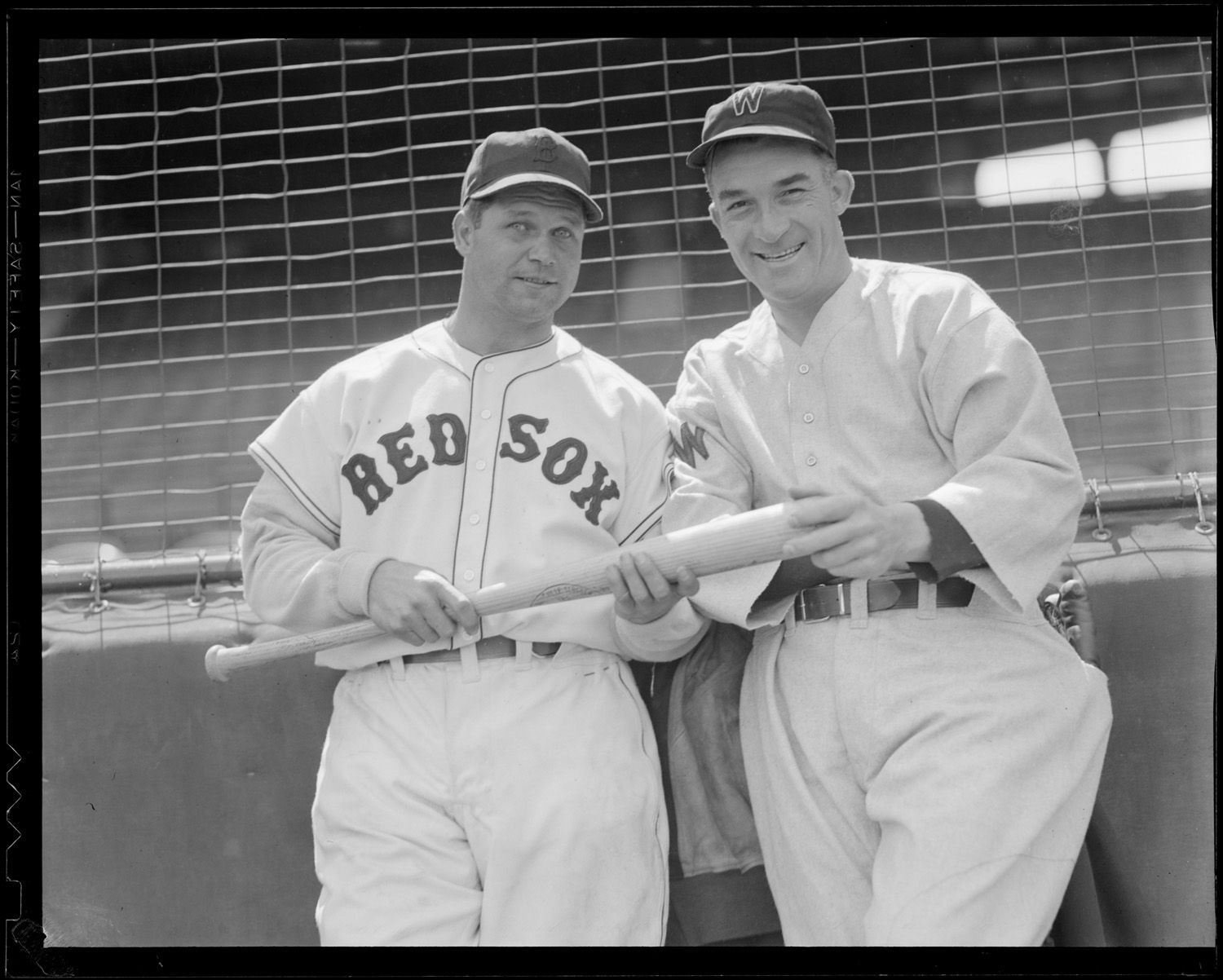
they all stole a base. Right after the second triple steal, Bing Miller followed with an inside-the-park home run to complete a six-run inning. The A’s went on to win the game, pummeling the Indians in a 14-1 rout.
You might be wondering who the Indians catcher was that day. Was he just having a bad day or was he just not very good? I think the latter description applies. He was a guy I’ve never heard of named Joe Sprinz. In his three-year career, he batted .170 with no home runs and 2 RBIs. But he did have one notable “achievement.” Read this paragraph from his Wikipedia page:
“As a member of the San Francisco Seals, Sprinz attempted to beat the World Record for catching a baseball dropped from a great height, set by members of the 1938 Cleveland Indians. In 1939, Sprinz had a blimp hover overhead at 800 feet, from which balls were to be dropped for him to catch. On his fifth attempt, a baseball entered his glove, slamming his glove hand into his face with such force that he broke his upper jaw in twelve places, fractured five of his teeth, and he was rendered unconscious.”
Not only was he not a very good catcher, apparently he wasn’t real bright either…
A quick look through the box score that day reveals that Lefty Grove went the distance for his 14th win, while Appleton took the loss. The Indians were managed that year by Roger Peckinpaugh, and their lineup on this day was unnotable except for future Hall-of-Famers Earl Averill and Joe Sewell. Even though there was plenty of action with 18 hits and 15 runs scoring, the game was played in a nifty 2:08. (Today, this would have been a four-hour game easily!). The umpires that day were Bill McGown, Brick Owens, and Bick Campbell.
What makes it all the more interesting is that the A’s stole only 48 bases the entire season, ahead of only the Red Sox with 42. The total of seven stolen bases in this one game represented 15% of their entire season output!
What a great team the A’s of this era were (1929-’30-’31). Some baseball historians credit them as being one of the best ever. Their powerful roster included Hall-of-Famers Mickey Cochrane, Al Simmons, Jimmie Foxx, and the great Hall-of-Fame pitcher, Lefty Grove. The 1930 A’s finished the season at 102-52 (.662), eight games ahead of the Senators, and went on to defeat the Cardinals in the World Series 4-2. They captured their second straight World Series championship, having defeated the Cubs in the 1929 Fall Classic. They won another pennant in 1931 but lost the World Series to the Cardinals.
Yep, we’re seeing a different brand of baseball today. The odds of us ever seeing a “double triple steal” in the era of “home run or strikeout” in which we find ourselves is pretty remote.
Gary Livacari
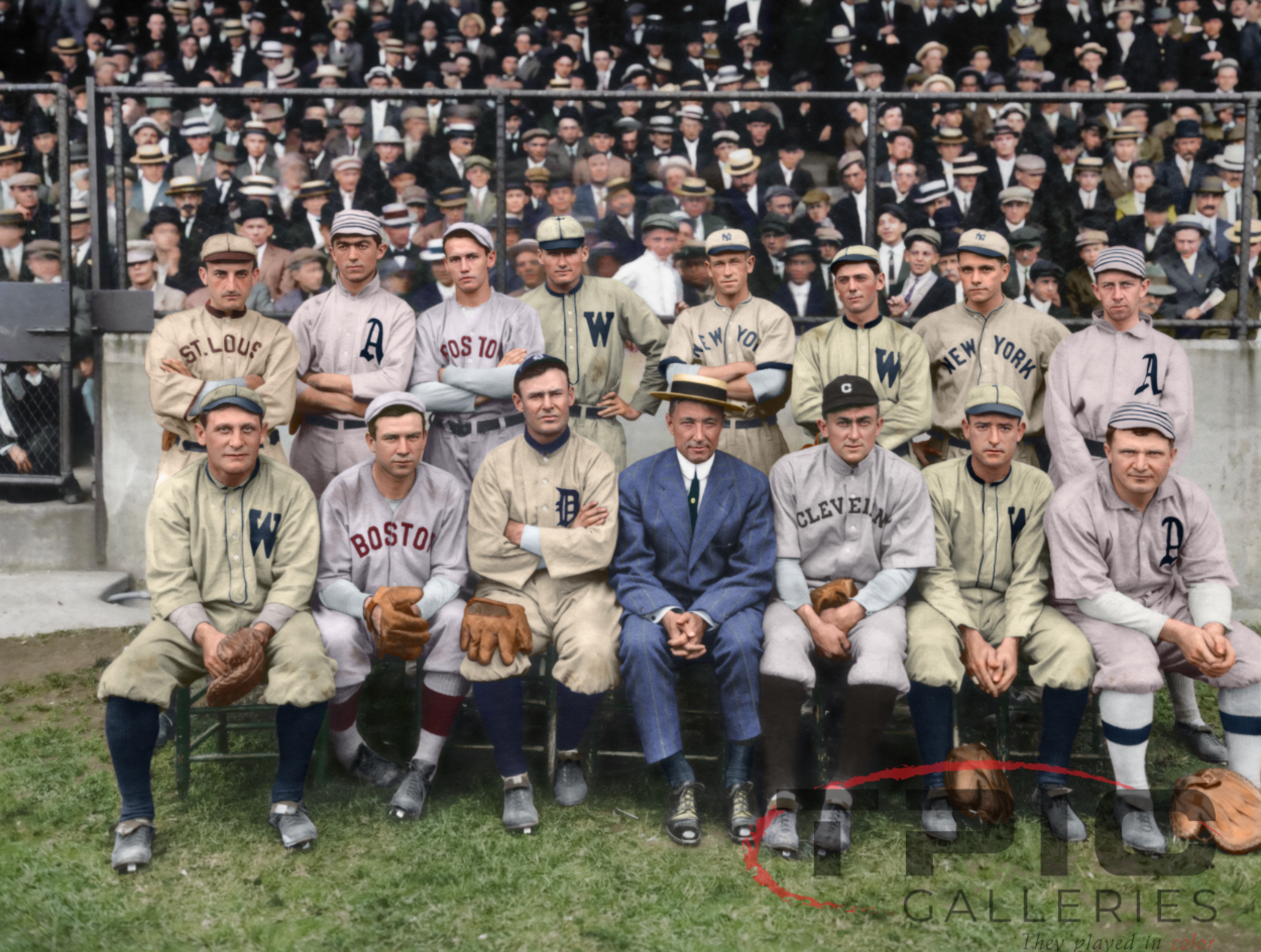
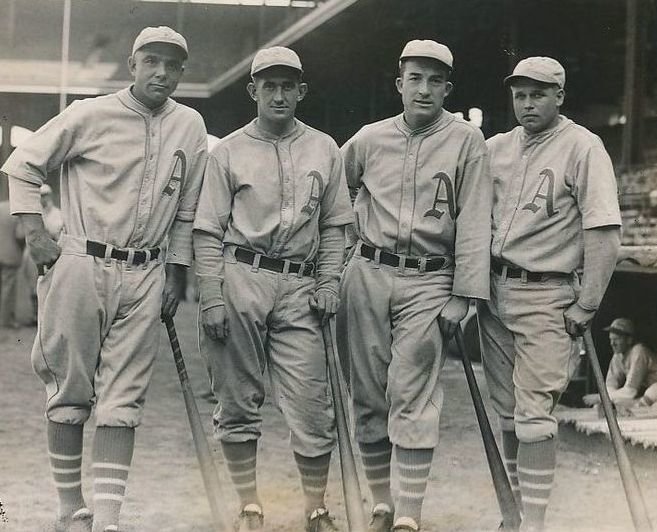
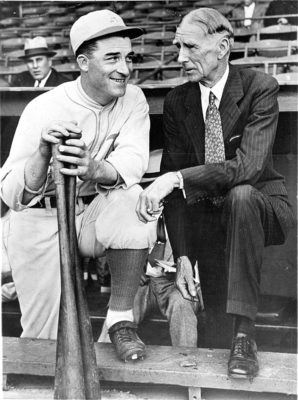
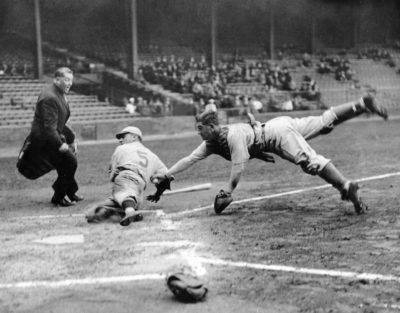
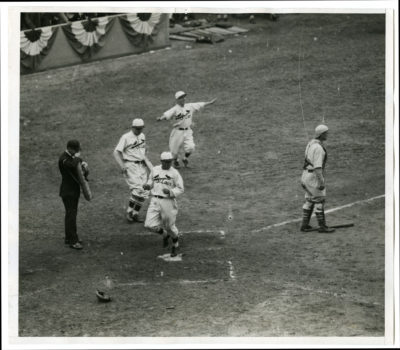
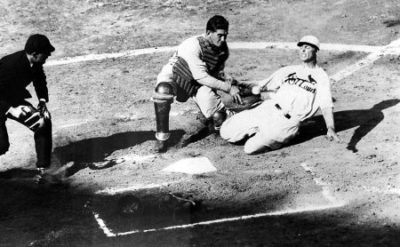
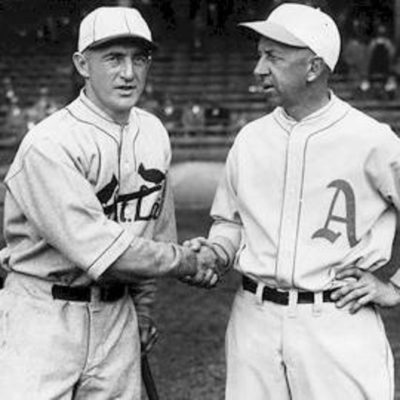
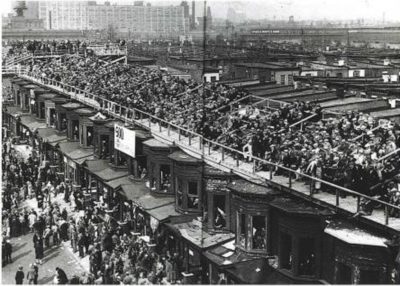
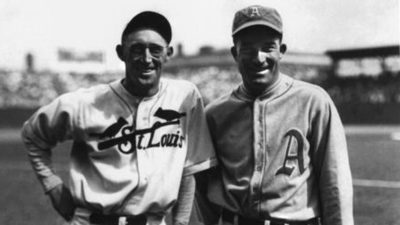
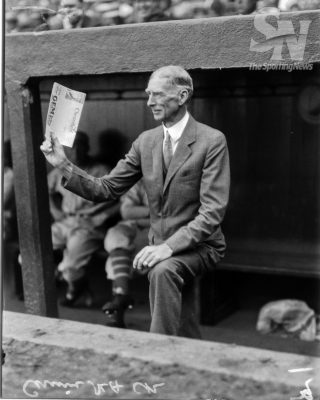
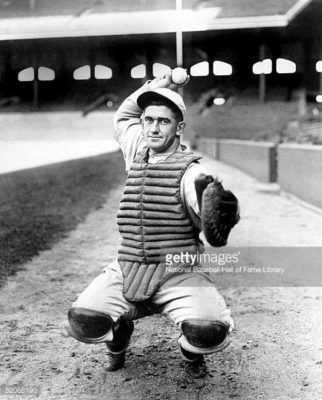
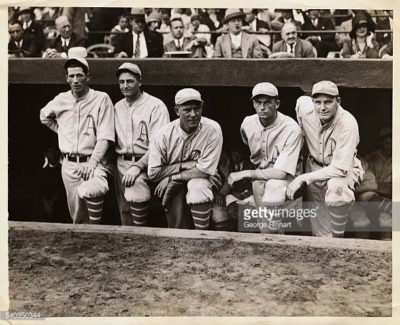
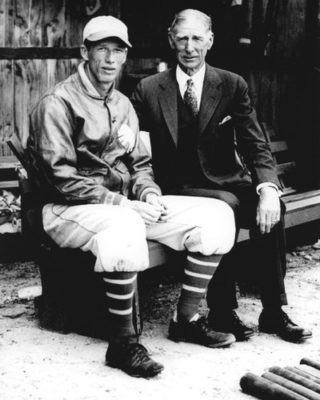
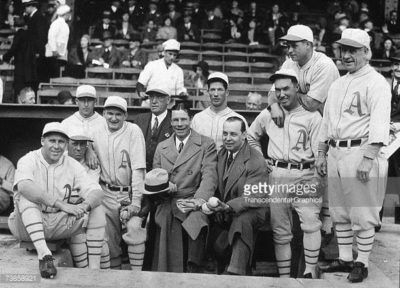
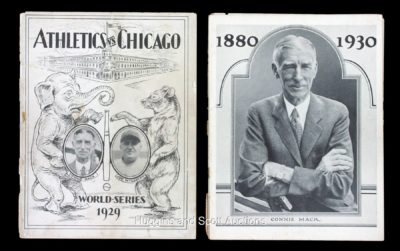
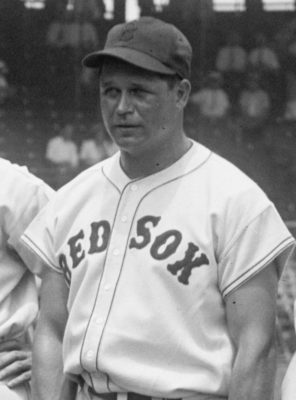
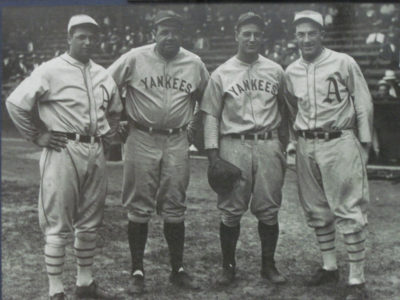
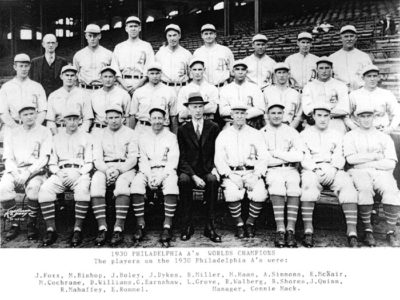
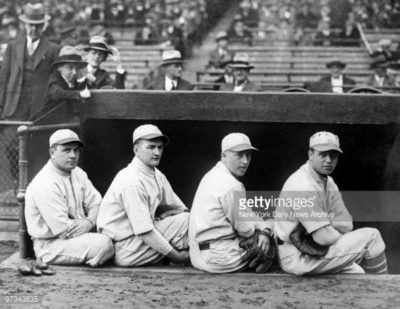

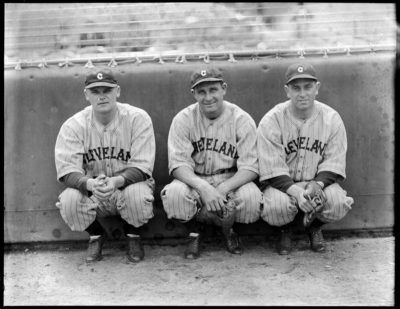
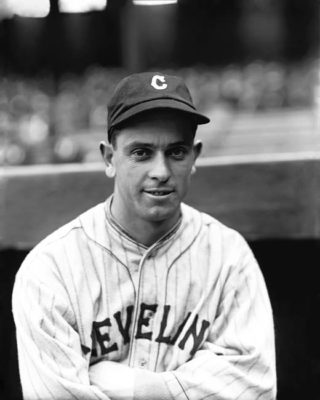
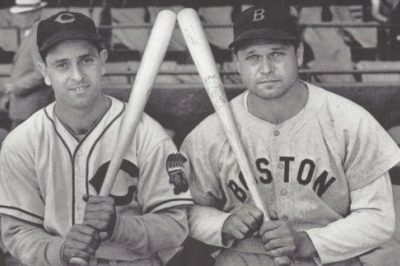
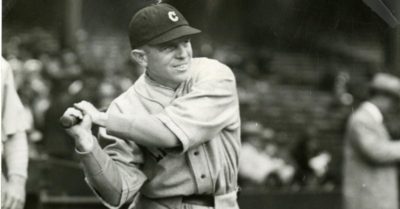
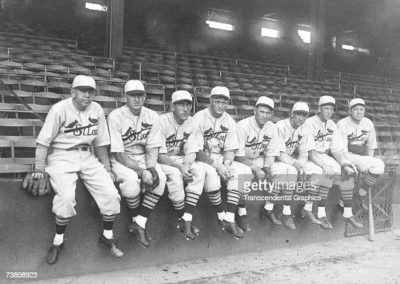

That’s an amazing baseball oddity, Gary. Thanks for sharing!
Did you also notice the 1930 Cardinals had #9 Showboat Fisher on their roster? Another great baseball name–and old “Showboat” showed off a spiffy .374 BA that year.
In looking at some of the stats from that early 30’s time frame, I think you and I could have hit .330.
Well, I think you could have, not sure about me! And that is a great nickname, right up there with “Mule” Haas. Othe great nicknames I found from that game: “Bing” Miller, “Dib” Williams, “Bibb” Falk, “Doc” Cramer, “Rube” Walberg, and “Pinky” Higgins.
One thing though, Gary. Aren’t the runners usually on the move with two outs? Would that really constitute a “steal” in the strict sense of the word? The guy at the plate would seem to be the key. If he gets in safely, then if the other two are moving, I don’t see how they could be thrown out, unless you ignored the third to home runner and just picked out one of the others. By the way, according to Norman Macht, author of the great 3 volume Connie Mack books, this was something that Connie did often as a catcher himself, that is, throwing to get the trail runner and ignoring the lead runner on double or triple steals.
In any event, it is a rare achievement. I wouldn’t doubt if there wasn’t some “chin music” after two triple steals, and an inside the park homer, in a 14-1 rout. The 1930’s edition of a bat flip rub it in moment, if I ever heard one.
That’s true, if the lead guy is safe, then the others are credited with a stolen base also.
Joe Sprinz was a fan favorite when he played for the Seals. My dad liked him and said he was better than the Seals’ catcher of the 1950s, Nini Tornay.